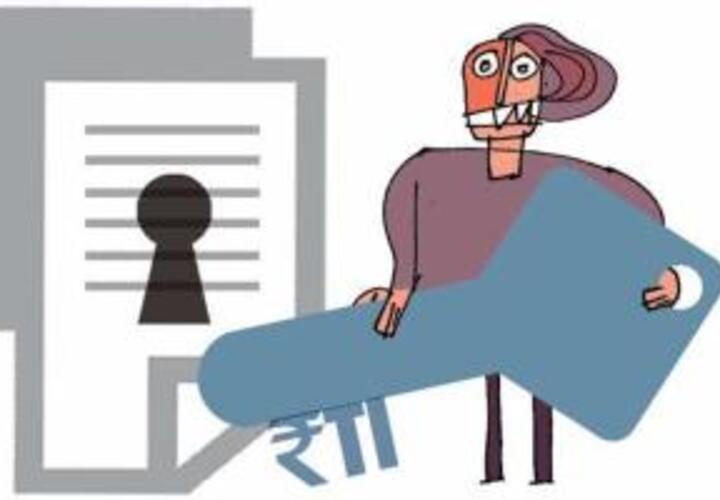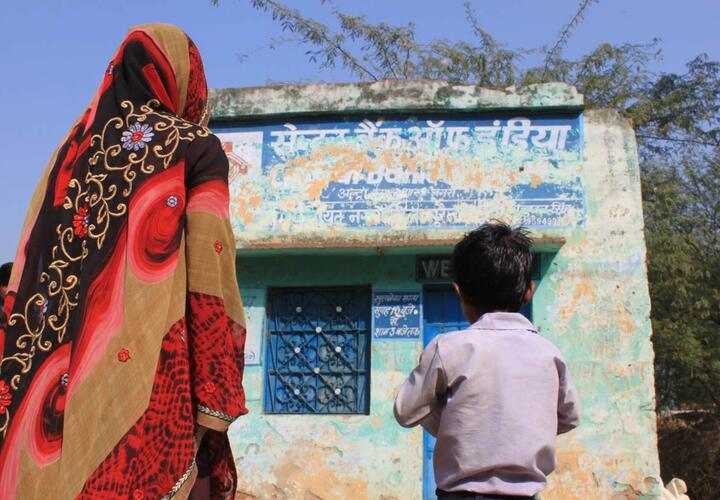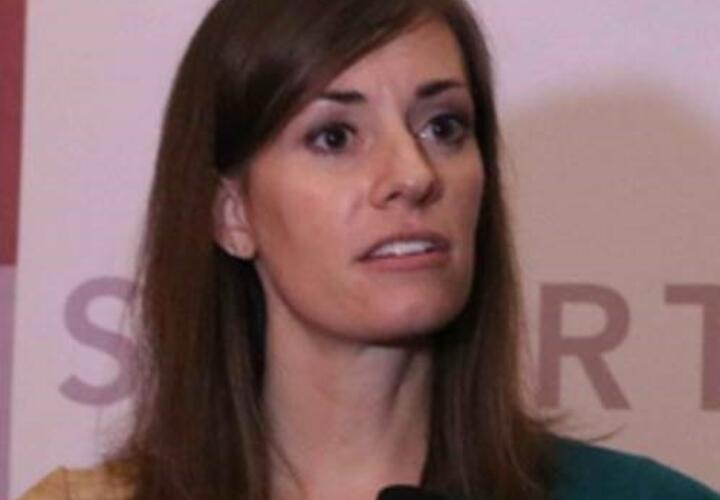PayDash: Improving digital governance of direct benefit transfers in India
How can e-governance transform monitoring processes and improve service delivery? The team at Inclusion Economics developed and demonstrated the effectiveness of a digital application to help officials monitor citizen payments in India’s largest social protections scheme.
E-governance and Strengthening Social Protections
For the poor to thrive and exit poverty, they need protection during hard times. The Mahatma Gandhi National Rural Employment Guarantee Act (MGNREGA) is a digital direct benefit transfer that underpins India's responsive social protections strategy. It is utilized by tens of millions of poor rural households each year, and provides up to 100 days per year of paid manual labor on demand, aiming to to raise incomes and provide economic stability. But program challenges – such as delays in wage payments that, in the past, could stretch to months – can be disastrous for poor households awaiting them and discourage the needy from participating. Can e-governance tools help to streamline bureaucratic monitoring and accountability processes in order to improve program delivery?
PayDash, a digital application that provides customized monitoring dashboards to local government officials, significantly reduces payment delays for rural households working for India’s workfare program. The tool has now been expanded to additional states and policy implementers.
Since 2013, researchers from Inclusion Economics at Yale University and Inclusion Economics India Centre – in collaboration with colleagues from IDInsight and the University of Michigan – have worked with India’s Ministry of Rural Development to solve program monitoring issues with user-centered, mobile-enabled data visualisation and process tracking. In a field experiment spanning three Indian states, the team developed and tested PayDash, a digital application for government officials designed to reduce processing times for digital payments to program participants. Access to the application was randomized across levels of the MGNREGA administrative hierarchy. PayDash reduced both payment processing times and officer transfers, a costly performance management strategy. Alongside these outcomes it increased work provision. Building on this rigorous demonstration of impact and sustained interest from policy partners, researchers are developing an updated version of the application, testing new functionalities with MGNREGA implementers in the state of Bihar, and partnering with the Ministry of Rural Development to make PayDash available to users across India.
Highlights
Related Publications
Updating the State: Information Acquisition Costs and Public Benefit Delivery
In a field experiment spanning the entirety of two Indian states, authors Dodge, Neggers, Pande, and Troyer Moore randomized bureaucrats’ access to a mobile phone based e-management platform, called PayDash, for India’s flagship workfare program. They find that the app reduced payment processing times and reduced reliance on transfers of lower-level officials as a strategy to incentivize better performance.
Research Partners:
- Inclusion Economics India Centre at the Institute for Financial Management and Research (IFMR)
- Abdul Latif Jameel Poverty Action Lab - South Asia (J-PAL SA)
Implementation Partners:
- Ministry of Rural Development
- National Informatics Center
- Madhya Pradesh State Employment Guarantee Council
- Bihar Rural Development Society
- Jharkhand State Livelihood Promotion Society
- Dhwani Rural Information Systems
This research has received support from:
- The Abdul Latif Jameel Poverty Action Lab (J-PAL) Governance Initiative
- Gates Foundation
- Economic Development and Institutions (EDI)
- International Growth Centre (IGC)
- The National Science Foundation (NSF)
- UK Foreign, Commonwealth & Development Office (FCDO)’s Policy Support Fund and Building Capacity to Use Research Evidence Program
- United States Agency for International Development (USAID)








